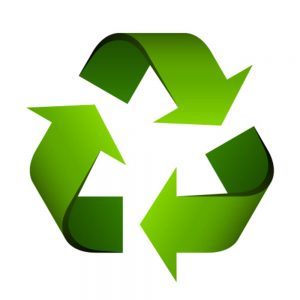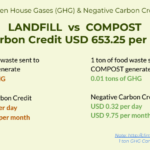Recycle Matching in Malaysia
Proposed Recycle Matching in Malaysia
 Recycle Matching in Malaysia is a proposed project with online marketplace to match companies with waste to companies who need waste.
Recycle Matching in Malaysia is a proposed project with online marketplace to match companies with waste to companies who need waste.
These wastes can come from Commercial and Industrial waste, or Construction and Demolition waste.
And, its not subjected to recyclable items like biomass, glass, paper, plastic, and e-waste. The list could be very interesting.
There was an estimated calculation made recently, based on the latest EPA estimates, that there was enough waste to fill trucks and wrap garbage trucks around the equator 600 times. That is just what is generated in the U.S. in one year.
What is the current state of the Recycling Industry?
The existing recycling industry is really focused around residential materials because that is what we have the most of. We all use basically the same stuff because we are all buying it from the same supply chains. We all have plastic water bottles, aluminium cans, newspapers and magazines. Most of the industry is built around those highly commodity, ubiquitous materials that are very common.
If we look at how much is recycled in today’s recycling industry, it is about 30%. If you look at what we are going to need to do from a carbon and resource management standpoint, that is completely unacceptable. There have been plenty of studies that say we should be able to divert 70 or 80% of what is going to a landfill. But we are only diverting about 30%.
Instead of focusing just on the things that are very ubiquitous, we feel like there is a good way to dig into those other materials that are not as common, but they are still recyclable, reusable. They can be up-cycled, down-cycled and turned into energy. There are all kinds of things that can be done with stuff instead of sending it to a landfill.
How to keep those materials out of Landfills?
We can plan for an online marketplace for that connects companies that have waste with companies that can use the materials productively – recycle matching. We like to compare it to the eBay of trash. Before eBay came around, if you had something in your attic and you put it out at a garage sale, you might get 50 cents for it. It turns out that on eBay there is this micro-market for that one item that was not evident when you looked at the immediate geography around your neighborhood. That is really what we are doing for materials in companies’ dumpsters — uncovering those hidden markets.
We are very focused on materials that are considered waste – those that pretty much destined for a landfill. As we get further along, we also see the handling what we think of recyclable.
The idea is that whether you are giving it away or you are selling it, there is where you can go list it and create a lot of transparency around those materials – while still maintaining confidentiality for your company. The company does not have to say XYZ Fortune 500 company is putting this in the landfill. They can create transparency and awareness around the materials without assigning it to their corporation.
What are some examples of possible Recycle Matching?
Example 1 : A company that is putting packaged foods on the shelf that we all use. That company was generating 90,000 pounds a week of food waste that we were able to divert to become an energy source.
Example 2 : A company that had a large high-rise building in Houston. After Hurricane Ike, all the windows were damaged. They had to remove all the windows and their suppliers told them the glass was not recyclable. It is not recyclable in the traditional sense because it is got films and contaminants. But they found a company that was able to crush the glass and turn it into counter-tops and other building materials. There was a small payment for the materials. But the national average for a landfill is $44 a ton. If they were going to put those windows in a landfill, they probably would have ended up spending $20,000 to $30,000. With a matching system, they might make a few thousand dollars. It is really the net swing of what they are saving and what they may be able to generate from selling it.
What is Next?
Transparency is really interesting because it spurs innovation. There are people out there — maybe they are scientists or engineers, maybe they are in companies or they are entrepreneurs, maybe they are universities — looking for something interesting or innovative they can work on. They do not know that there is 90,000 pounds of food waste or a huge glut of styrofoam. Without that transparency around the materials that are available, they do not know where to focus their efforts. They do not know what materials they can get under market value that may be the key to their innovation. Now that they have a window into what materials are available, that may spark the idea.


